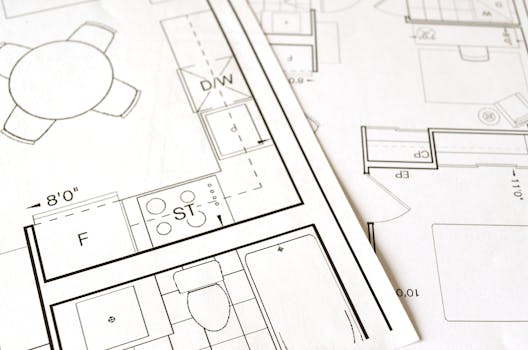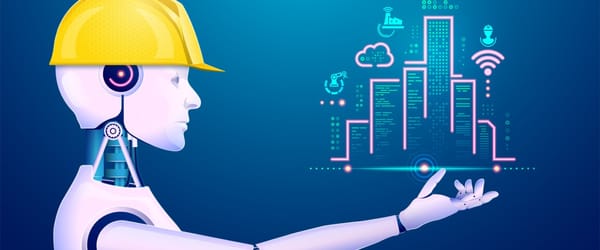Revolutionizing the Construction Industry: How AI is Transforming Construction Drawings

Revolutionizing Construction Drawings with AI: A New Era of Innovation
Revolutionizing Construction Drawings with AI: A New Era of Innovation
In the world of construction, the blueprint has always been the backbone of any project. It's the roadmap that guides the journey from a concept to a tangible structure. But, as we advance into the digital age, the traditional blueprint is undergoing a seismic shift, thanks to the power of Artificial Intelligence (AI).
The Power of AI in Construction Drawings
Imagine a world where construction drawings are not just static 2D representations but dynamic, interactive, and intelligent models. A world where you can not only see your project in 3D before it's built but also predict potential issues, calculate costs, and even suggest improvements. This is no longer a figment of science fiction but the reality of construction in the 21st century, where AI is transforming the way we design and build.
AI, with its ability to analyze vast amounts of data, recognize patterns, and learn from experience, is revolutionizing construction drawings. This technology is not just making the process faster and more efficient, but also more accurate, reducing errors and saving costs.
AI and Building Information Modeling (BIM)
One of the most significant ways AI is being used in construction drawings is through Building Information Modeling (BIM). BIM is a 3D model-based process that gives architecture, engineering, and construction professionals the insights and tools to efficiently plan, design, construct, and manage buildings and infrastructure.
AI enhances BIM by automating mundane tasks, identifying design inconsistencies, and predicting potential construction issues before they occur. For example, using AI, a BIM software can automatically detect clashes in the design, such as a pipe running through a structural beam. This allows the issue to be resolved in the design phase, saving time and money on-site.
AI in Cost Estimation and Drawing Generation
Another exciting application of AI in construction drawings is in cost estimation. Traditionally, estimating the cost of a construction project has been a time-consuming and error-prone process. But, with AI, we can now analyze and learn from historical data to predict costs accurately. This not only reduces the risk of budget overruns but also allows for more competitive bidding.
AI is also being used to generate construction drawings. For instance, some AI-powered software can convert hand-drawn sketches into detailed 3D models. This can significantly speed up the design process and allow for more creativity and flexibility.
Optimizing Designs with AI
But perhaps the most exciting potential of AI in construction drawings is its ability to optimize designs. Using machine learning algorithms, AI can analyze countless design options and suggest the best one based on various factors such as cost, energy efficiency, and construction time. This could potentially usher in a new era of sustainable and efficient construction.
Challenges and Future of AI in Construction
The use of AI in construction drawings is still in its early stages, and there are challenges to overcome. These include the need for high-quality data, the integration of AI with existing software, and the reluctance of some in the industry to embrace new technology. But, the potential benefits are too significant to ignore.
Conclusion: The Dawn of AI in Construction
In conclusion, AI is not just a buzzword or a futuristic concept. It's here, and it's transforming the way we design and build. The traditional blueprint may soon be a relic of the past, replaced by intelligent, dynamic, and interactive construction drawings powered by AI. It's an exciting time to be in the construction industry, and we can't wait to see what the future holds.



